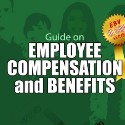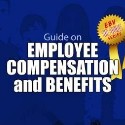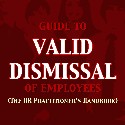Retrenchment refers to the termination of employment initiated by the employer through no fault of and without prejudice to the employees.
It is resorted to during periods of:
- business recession,
- industrial depression,
- seasonal fluctuations,
- lulls occasioned by lack of orders,
- shortage of materials,
- conversion of the plant to a new production program, or
- automation
While labor laws allow retrenchment as a company’s valid exercise of management prerogative, it must comply with certain requirements for it to be valid:
(1) the retrenchment is reasonably necessary and likely to prevent business losses which, if already incurred, are not merely de minimis, but substantial, serious and real, or only if expected, are reasonably imminent as perceived objectively and in good faith by the employer;
(2) the employer serves written notice both to the employee/s concerned and the DOLE at least one month before the intended date of retrenchment;
(3) the employer pays the retrenched employee separation pay in an amount prescribed by law;
(4) the employer exercises its prerogative to retrench in good faith; and
(5) the employer uses fair and reasonable criteria in ascertaining who would be retrenched or retained.
The business losses sought to be avoided should not simply be a drop in the earnings of the company in order for retrenchment to be justified. A mere decline in gross income cannot in any manner be considered as serious business losses. It should be substantial, sustained and real.
Case of : Lambert Pawnbrokers and Jewelry corporation and Lambert Lim vs. Helen Binamira, G.R. No. 170464. July 12, 2010.
Learn more about the legal requirements for retrenchment from Valid Dismissal of Employment by Atty. Elvin Villanueva.







